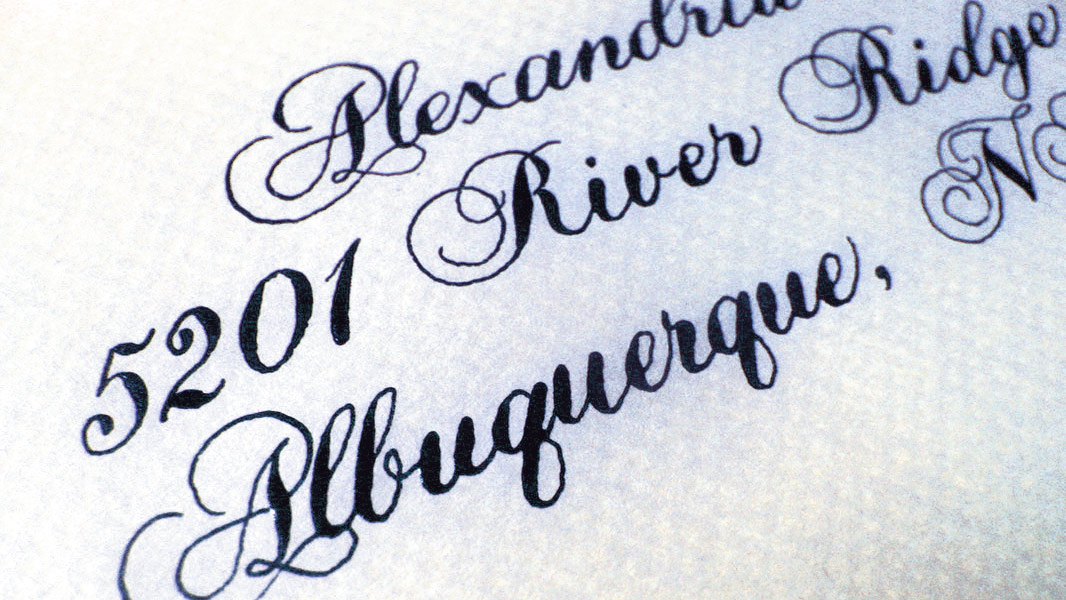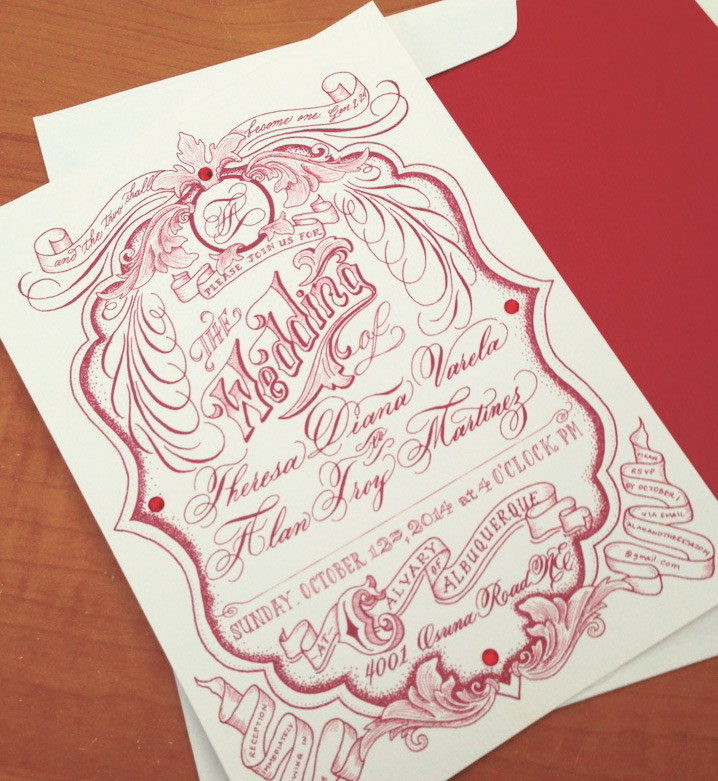Culture Shock: The Life Of A Hand Letterer
Calligraphy Is Far From Dead At Silver Swirl Studios


Theresa Varela
Latest Article|September 3, 2020|Free
::Making Grown Men Cry Since 1992


Theresa Varela


